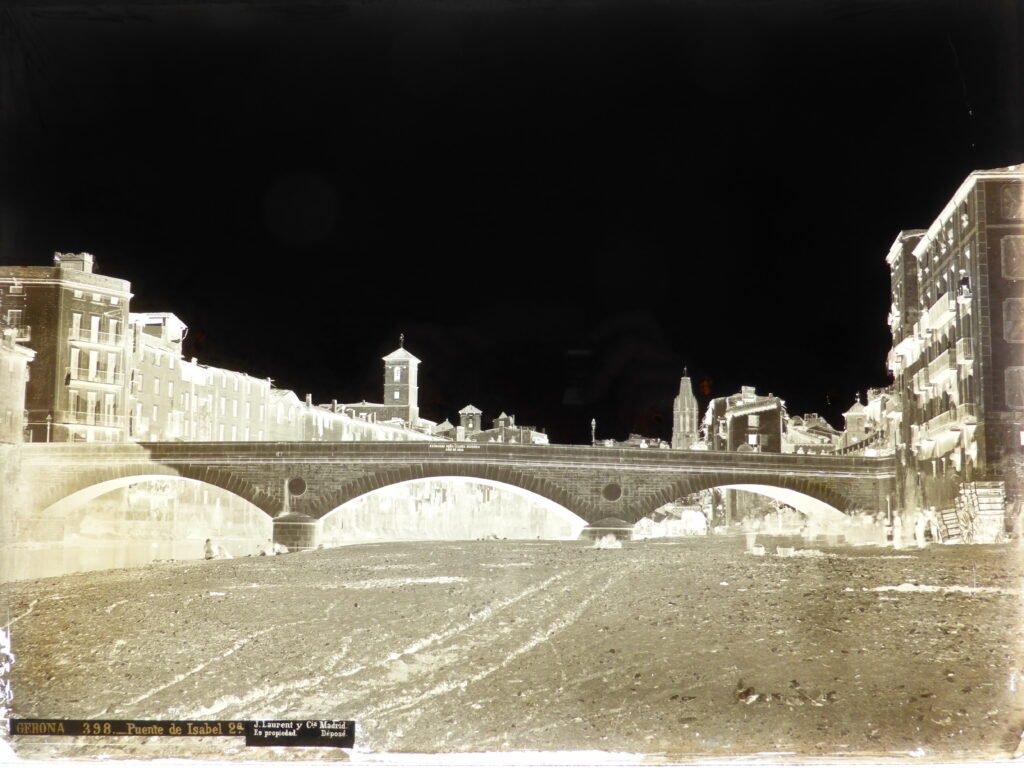
Long before film and digital sensors defined modern photography, glass plate photography stood as the gold standard for image quality and archival durability.
Long before film and digital sensors defined modern photography, glass plate photography stood as the gold standard for image quality and archival durability. Emerging in the mid-19th century, this innovative process offered exceptional clarity, depth, and permanence, setting a high bar for photographic technology. What many don’t realize, however, is that glass plate photography evolved through multiple techniques, each with its own characteristics, chemistry, and creative potential.
This article explores six important types of glass plate photography techniques, their historical significance, and their lasting influence on both photography and materials science—including the development of float glass and modern float glass manufacture. We’ll also connect these photographic innovations to today’s architectural and industrial glass applications.
To see the broader influence of this medium, explore ways glass plate photography changed imaging.
1. Wet Collodion Plates (Ambrotypes and Negatives)
The wet collodion process, introduced in the early 1850s by Frederick Scott Archer, marked a monumental leap in photographic quality and accessibility. This process involved coating a glass plate with a collodion solution, sensitizing it in silver nitrate, exposing it while still wet, and developing it immediately.
Key Characteristics:
- Requires on-site preparation and immediate development
- Produces high-resolution negatives or direct positives (ambrotypes)
- Short exposure times compared to earlier methods
- Incredibly detailed and sharp results
Wet collodion plates were widely used for portraiture, landscape, and documentary photography. Their demand for pristine, flat, chemically stable glass led to innovations in glass plate production, which directly influenced the evolution of clear float glass technology.

2. Dry Gelatin Plates
The next evolution in glass plate photography came with the invention of dry gelatin plates in the 1870s. These pre-coated plates freed photographers from the limitations of on-site development, making photography more portable and practical.
Key Characteristics:
- Pre-prepared and shelf-stable
- Eliminated the need for portable darkrooms
- Enabled faster exposures, suitable for action shots
- Became the standard for commercial and scientific photography until the 1920s
Dry plates made photography accessible to a broader audience and catalyzed the growth of photographic studios, journalism, and visual documentation worldwide. These plates also placed new demands on the manufacturing industry for consistent, high-quality glass—a challenge that spurred developments in float glass manufacture.
3. Albumen-Coated Glass Plates
While more commonly associated with paper prints, the albumen process was also used on glass to produce highly detailed positive transparencies. Albumen, derived from egg whites, was used to bind light-sensitive chemicals to the glass surface.
Key Characteristics:
- Produced positive transparencies with rich tonal range
- Often used for projection or lantern slides
- Provided smooth, glossy surfaces ideal for display
- Required consistent environmental conditions for stability
The reflective nature of albumen-coated plates made them a favorite for high-quality presentation and archival use. The precision needed for coating these plates reinforced the push for optically flawless glass plate surfaces, foreshadowing the clarity requirements in modern float glass industries.
4. Photogravure on Glass
Photogravure was a hybrid process that combined photography and etching, enabling photographic images to be reproduced with extraordinary depth and texture. Though more often associated with copper plates, experimental photographers applied this process to glass substrates as well.
Key Characteristics:
- Involved etching a photographic image into the surface of a glass plate
- Allowed artistic manipulation and hand-finishing
- Created highly durable and expressive prints
- Mostly used in experimental and fine-art photography
Photogravure techniques demanded glass that could withstand etching, chemical exposure, and fine detail—further increasing the standards that informed future float glass production methods.
5. Lantern Slides
Lantern slides were an important use of glass plate photography during the late 19th and early 20th centuries. These positive transparencies were created on glass and projected using magic lanterns for public lectures, education, and entertainment.
Key Characteristics:
- Glass plates measuring 3.25 × 4 inches or similar
- Hand-colored or black-and-white images
- Used for storytelling, scientific demonstrations, and tourism marketing
- Required crystal-clear, bubble-free glass plate surfaces for optimal projection
The popularity of lantern slides not only emphasized the importance of high-quality glass for imaging but also laid the groundwork for display technologies. Their legacy can be traced to today’s architectural uses of clear float glass, as well as screen projection and optical devices.
6. Scientific and Astrophotographic Plates
Glass plates played a critical role in early scientific research—especially in astronomy, geology, medicine, and biology. From the late 1800s to the mid-20th century, observatories and laboratories used glass plate photography to capture and archive precise visual data.
Key Characteristics:
- Used in telescopes, microscopes, and X-ray imaging
- Provided unmatched resolution and stability
- Remained chemically inert for long-term storage
- Enabled comparisons over decades, essential for scientific progress
These scientific demands for perfection pushed the glass industry to achieve new levels of purity, flatness, and uniformity—conditions now standard in the float glass industries, including Emirates Float Glass and Mediterranean float glass manufacturers.
The Role of Glass Plate Photography in Glass Industry Innovation
Each of these six photographic techniques helped advance the way glass was produced and used. The high standards required for image capture—flatness, clarity, chemical resistance—forced early manufacturers to refine their methods. These refinements led directly to the innovation of the float glass process in the 1950s, which revolutionized global glass production.
Today, float glass manufacture continues to build on these foundations, producing massive sheets of clear float glass for skyscrapers, solar panels, automotive windshields, and tech screens. Many of the quality controls used in these industries echo the rigorous demands of historical glass plate negatives.
To understand the long-term impact, explore more ways glass plate photography changed imaging.
Conclusion: Timeless Innovation Through Glass and Light
Glass plate photography wasn’t just a milestone in visual art—it was a driver of technological advancement. The six techniques outlined above each brought new possibilities to image-making while pushing the boundaries of glass as a material. These practices didn’t just capture history—they shaped it, influencing modern float glass industries and informing the development of materials used in architecture, energy, and electronics today.
From 19th-century wet plates to 21st-century glass façades, the legacy of glass photography endures—in every pane of clear glass, every optical lens, and every perfectly preserved photographic plate.

